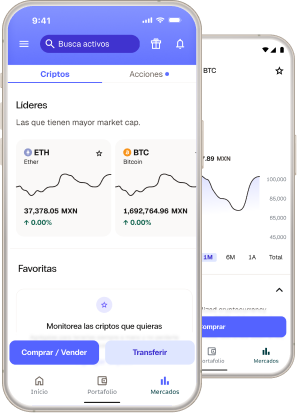Today’s investors face many challenges due to regulations, market changes, and more. But they also often deal with cybercriminals who may be preparing account takeover attacks to steal their data and money. But what is this?
An account takeover attack, or ATO, is a form of crime regularly committed on the Internet. It involves stealing passwords and personal information from an individual to gain access to their private accounts, access funds, private data, among others.
It is a strategy carried out in multiple ways and can end up being a big problem both legally and financially. Therefore, it is crucial to know the types and more.
Types
An account takeover attack can be executed in multiple ways, and the most common are through applications or malware, phishing, and credential stuffing. Each of these types is relevant to protect your accounts, and we will detail them below.
Malware
Malware is like a virus that steals your personal information and can be found within a file you have downloaded from the Internet; it could be a PDF, compressed file, among others. With this file, attackers infect your computer or mobile to steal all the information they need to execute the account takeover attacks.
Phishing
Phishing is a form of deception that is usually sent to users via email. In this message that people receive, attackers impersonate a brand or company so that you give your account data of that company. And in this way, have your personal data and illegal access to your accounts.
Credential Stuffing
Credential stuffing is a strategy that attackers develop to stealthily steal your personal information and thus create password combinations based on that data. In this way, with a password-generating software, they can breach the security of your account and access it.
For this reason, it is important to update passwords frequently, as well as to know how attackers operate to know what steps to take to avoid it.
How do attackers operate?
If attackers have managed to enter your account, the first thing they will do is change all access data; from passwords to the email address linked or even the username if necessary. From there, they will do the following:
- Steal your funds and transfer to other accounts owned by the attackers.
- Make unauthorized purchases.
- Steal personal information, either for future threats or for illicit activities and frauds.
Knowing this, understanding how to prevent it is crucial because no one wants to experience this kind of situation. So keep reading, and next, we will give you some tips to prevent an ATO.
What to do to prevent it?
Updating your passwords regularly is the most important thing. From there, just activate security alerts, check if your accounts are open on other devices, enable two-factor authentication, avoid pirate apps or those of dubious origin, among others.
We also suggest using different passwords for each account and avoiding opening links in suspicious emails or downloading unknown files. Finally, if you have any doubts, you can consult some of the frequently asked questions on the topic below:
Frequently Asked Questions Related to the Topic
How do I know if I am being targeted by an ATO?
Depending on where they have accessed, you will be warned on your mobile or email that they have logged in from another location to your account. You may also receive a notification in your email with a request to change your password or even email.
What to do in case of an ATO?
Act immediately and change your passwords and if possible also the email address you use for that account. Once this is done, log out on all devices and proceed to enable two-factor authentication if available.
How to identify an ATO?
Depending on the method attackers use to enter your account, you can identify it with more or less ease. In the case of phishing, they will ask you to enter your data on a website very similar to the one linked to your account. You should verify every detail to avoid falling for this theft.
Malware are files found in pirated software or documents. Typically, attackers will send them to your email through an unknown address for you. There you can immediately identify that it is an ATO.
Cases of credential stuffing are more complicated to identify. However, just by not adding personal information on unknown pages to avoid it. Always use an alternative email address if you want to enter a dubious website and a pseudonym.

